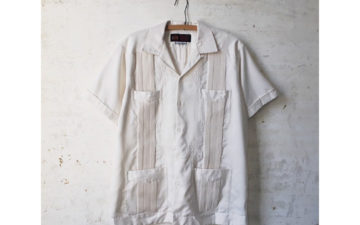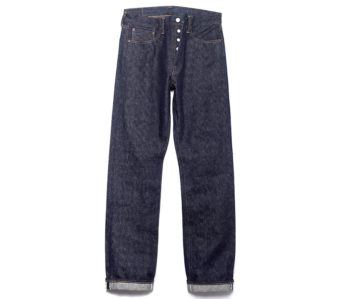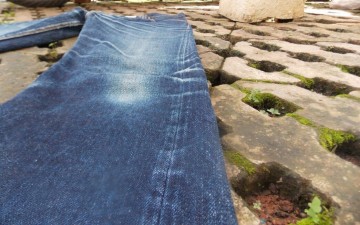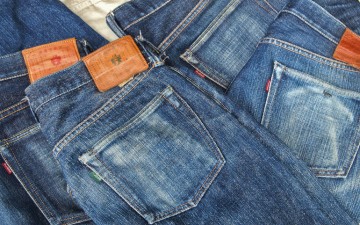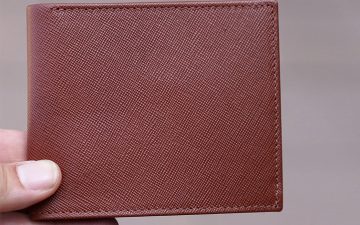Most wallet-based conversations in this day and age are more likely to focus on those of the digital variety. I’m talking about Bitcoin, and even though I don’t totally understand how such things work, people sure do care about them. As the currency of the future continues to grow, we wanted to take a moment to look backwards instead and examine the origins of this most essential accessory.
Wallet 101
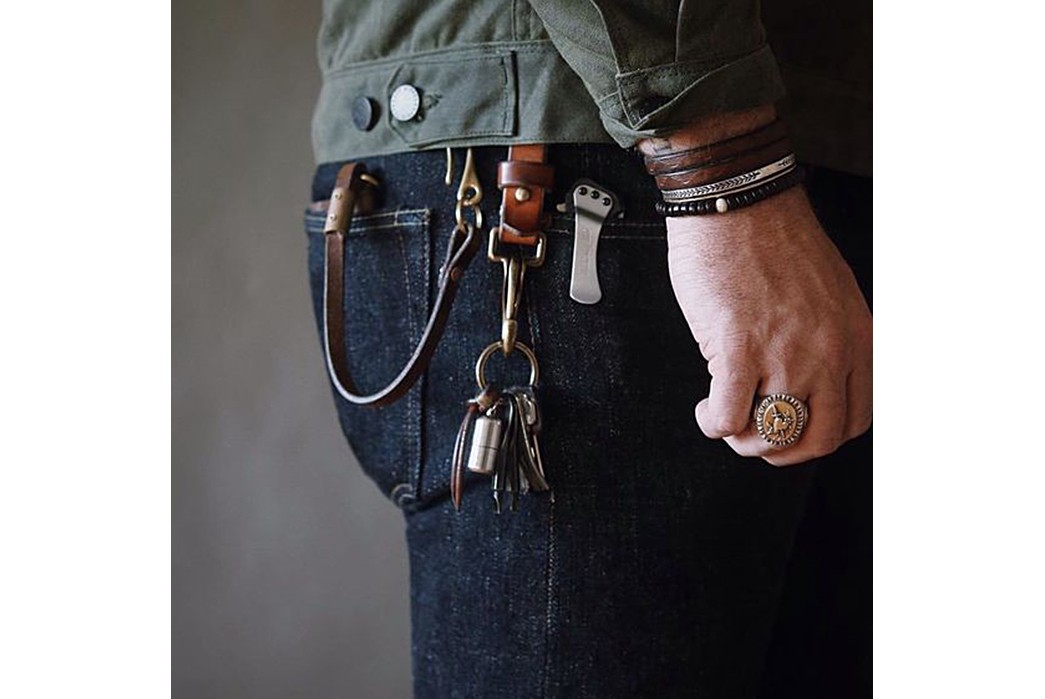
Raw Denim guy Whaley’s World with wallet. Image via Pinterest.
The general principle that guides wallet history—and therefore this article—is simple: wallets change to accommodate whatever the people of an era happen to value and need to carry. This may seem simplistic, but it shall serve as our guiding light throughout the long history of this crafty little possession-carrier.
Origins of the Wallet
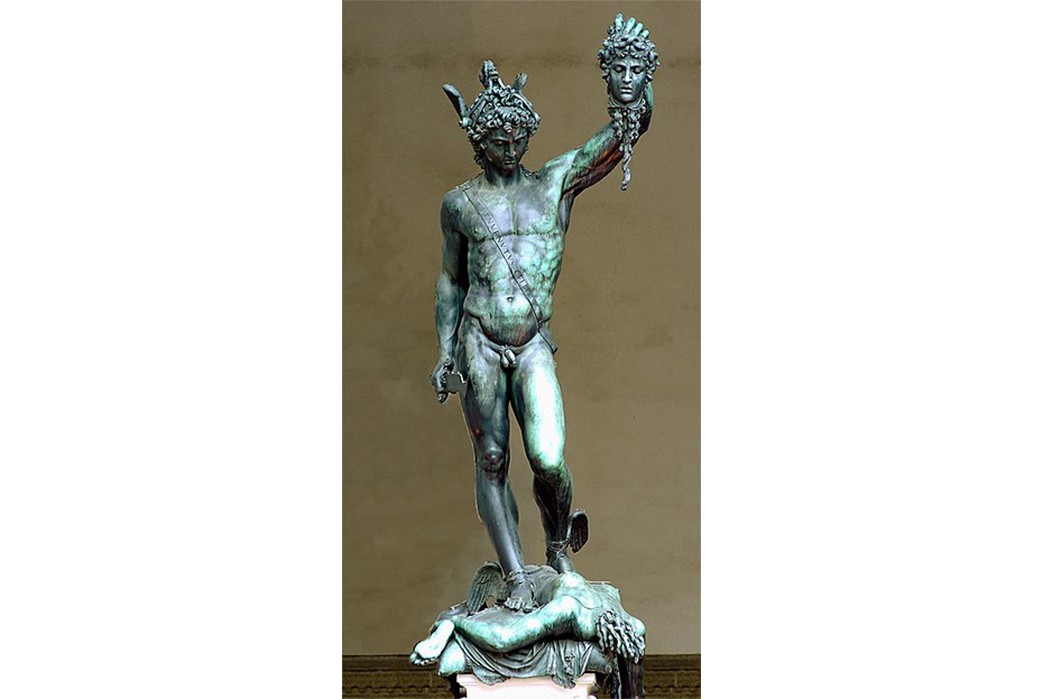
“Perseus with the Head of Medusa” by Benvenuto Cellini. Image via Wikipedia.
People have been using variations of the wallet as long as they had more objects than their two hands could hold. In fact, even Ötzi, a Copper Age hunter who died sometime around 3000 BCE had a small pouch with his meager belongings on his mummified body. In some cases, the wallet could be used to store larger and more unwieldy objects. For example, the sack in which the mythological hero Perseus stored the severed head of Medusa is typically translated from the Greek word “kibisis” to mean wallet.
Classical scholars have found mention of wallets in daily Ancient Greek life as well, although these would have looked more like a knapsack than a traditional bifold to a modern audience. In fact, the word “wallet” would not mean the small, usually flat money holder until much later. For now, a wallet was large enough to carry sufficient provisions to survive the day or week.
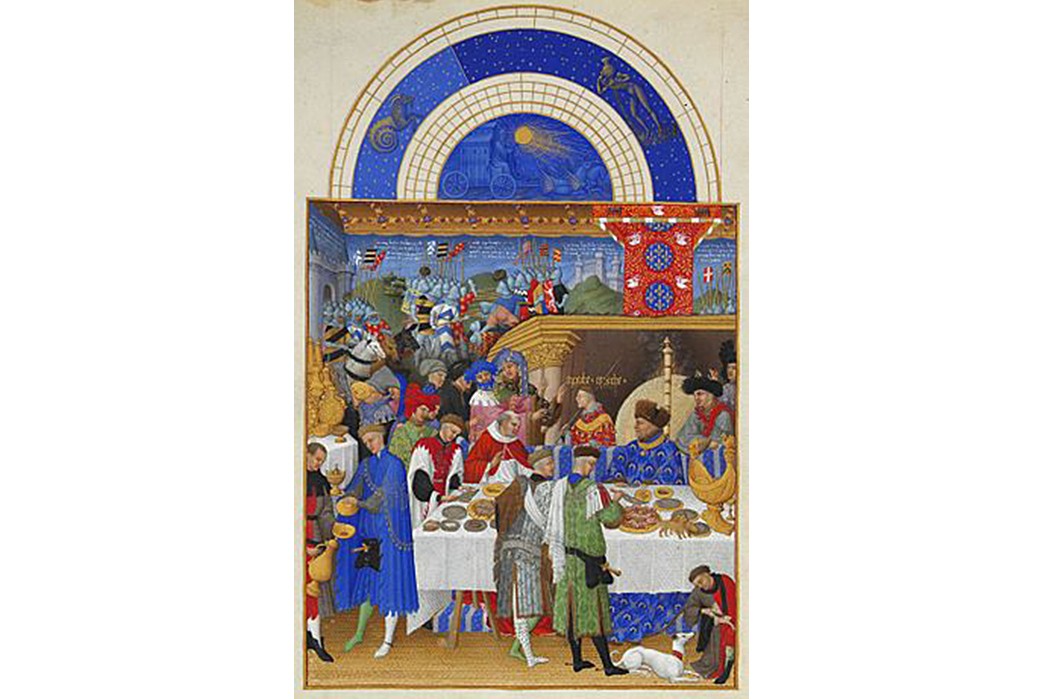
Très Riches Heures du Duc de Berry by the Limbourg Brothers. Image via Wikipedia.
Around the 1300s, wallets shrank considerably, and simultaneously became a more prestigious accessory. No longer did they store food and trinkets, but they instead held coins and calling cards. The above manuscript illumination shows several of these purses, worn at the hip. In the 1400s, wallets changed once more as explorers like Marco Polo returned from the East, bringing with them the concept of paper currency.
Wallets and Paper Money
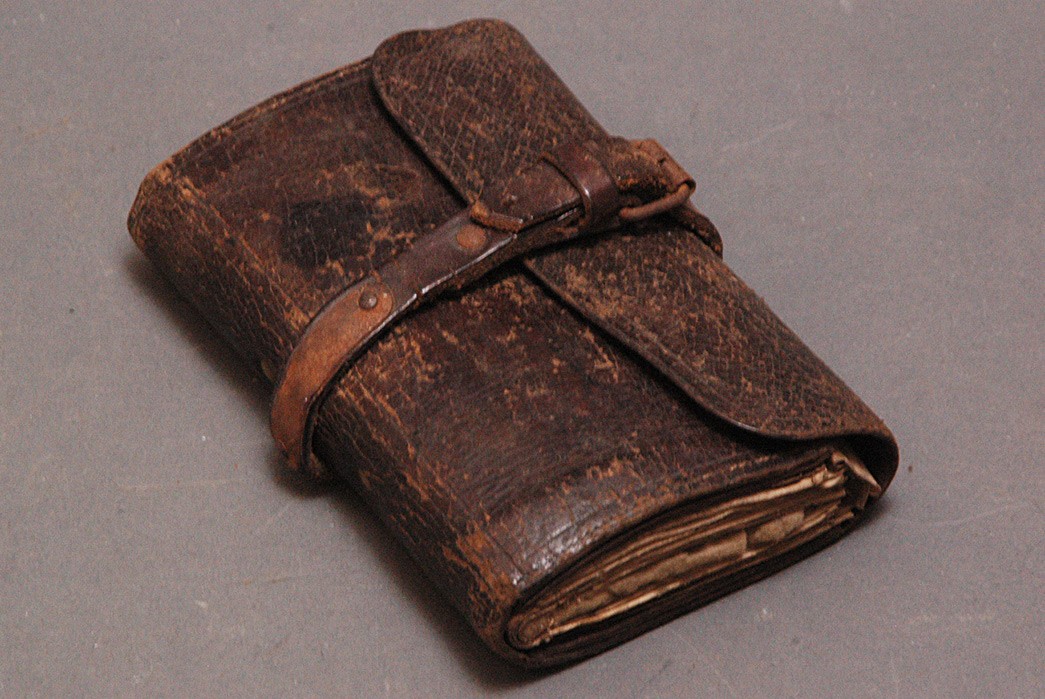
1800s wallet. Image via Pad and Quill.
Paper currency didn’t make it to the New World until 1690, but new forms of money—and therefore new forms of wallets—were thriving in Europe as early as the 1500s.
In 1609, Shakespeare himself mentions a wallet, in Troilus and Cressida: “Time hath, my lord, a wallet at his back, wherein he puts alms for oblivion, a great-sized monster of ingratitudes.” It is significant that the Bard himself should mention this little leather pouch. A tireless creator and proliferator of new words, Shakespeare’s use of the word wallet was certainly a sign that it was going to remain a mainstay of the English language.
But even as wallets modernized, the etiquette that governed their wear remained archaic and varied greatly from region to region. In the New World, necessity meant that people often resorted to the now-primitive practice of carrying rations in their wallets and, oddly enough, back in Europe, the very rich used their wallets not for money (they had someone else to worry about that), but for their smoking supplies.
By the mid 1800s, the flat case wallet was invented and middle class men were competing to show off just how much cash they had on hand by displaying these thickly-packed wallets on their belts. But no matter one’s class or country of origin, no man in the 1800s would put his wallet in a pocket, because at the time, pockets were considered feminine.
The Modern Wallet
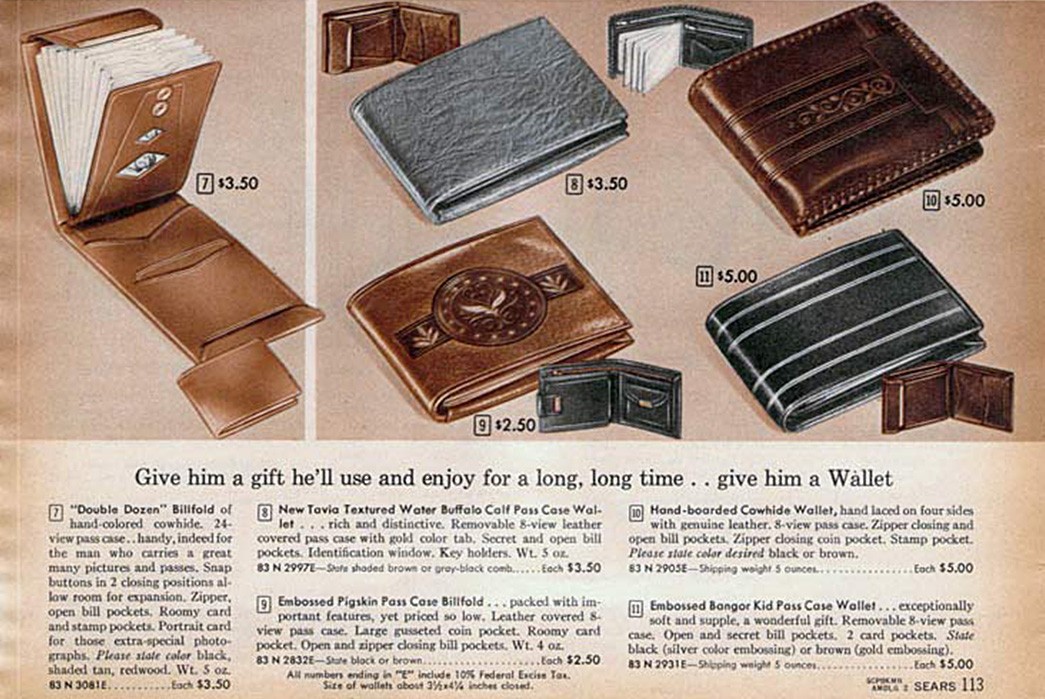
1950s ad from Sears. Image via Pad and Quill.
A hundred years later, the the standard wallet arrived on the scene. The modern leather bi-fold wallet was born in the mid-1900s and coincided with the introduction of charge cards. Before the invention of modern credit cards, different cards were required for different things: the Air Travel Card for flying, the Diners Club for eating out. So wallets needed more than just room for cash, they needed slots for numerous cards and the pieces of identification one needed to use them.
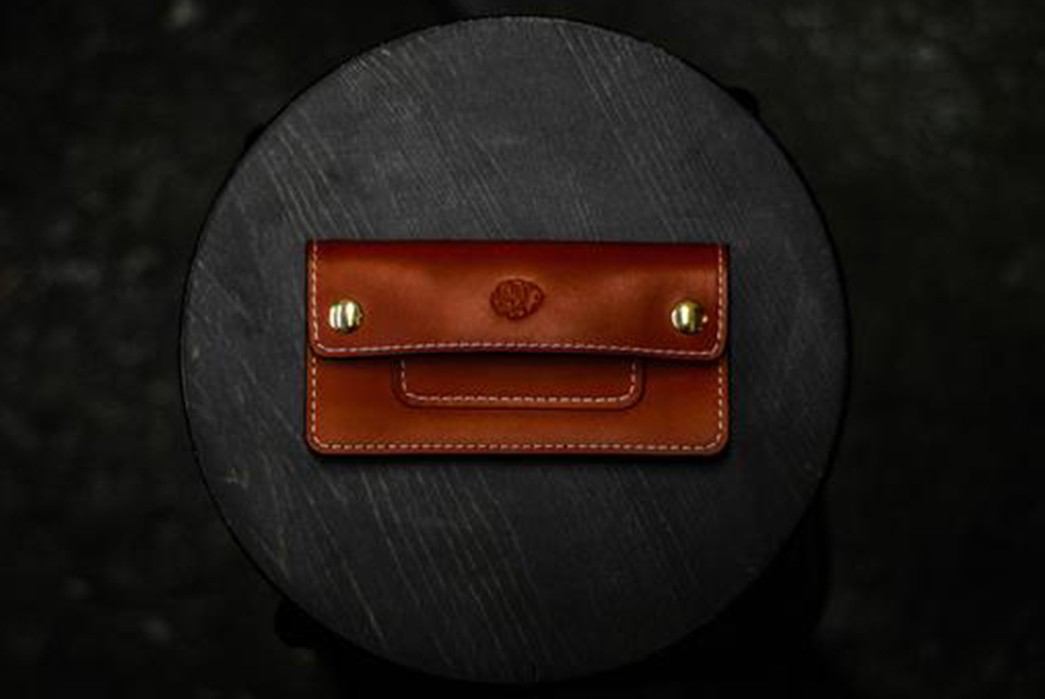
Trucker Wallet. Image via Farrowco.
Another popular wallet model was born at this same time for the exact opposite reason. The trucker’s wallet was a reaction against the arrival of credit cards and a response to gas stations across America offering discounts on fuel if you paid in cash. Truckers, in an era before ATMs needed truly fat stacks of cash for their long hauls across the country, more cash than could conveniently fit inside a traditional billfold. Uncomfortably large, these wallets were chained to a trucker’s belt so he could leave it on the seat next to him without fear of accidentally leaving it (and his gas money) behind.
Digital Wallet
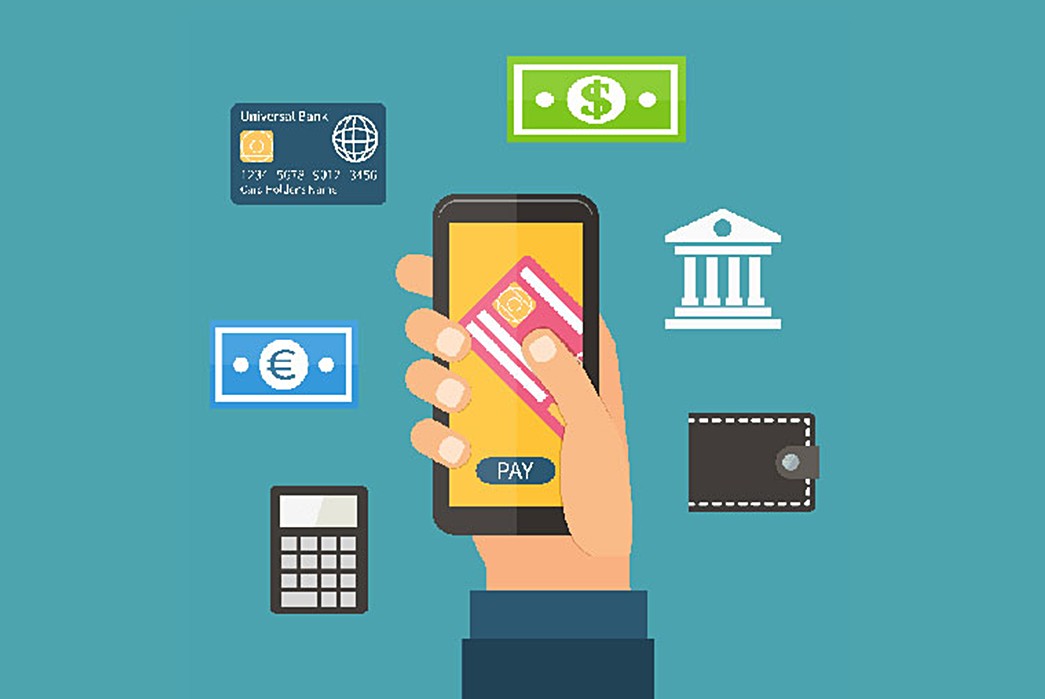
Digital Wallet. Image via SumHR.
Despite cash discounts at America’s gas stations, credit cards triumphed. And over time, the technology behind these cards advanced by leaps and bounds. In recent years, digital wallets have arrived full force, and not just services like Paypal—which let you pay online—but services built into smartphones, like Apple Pay, which allow for electronic transactions in brick-and-mortar stores.
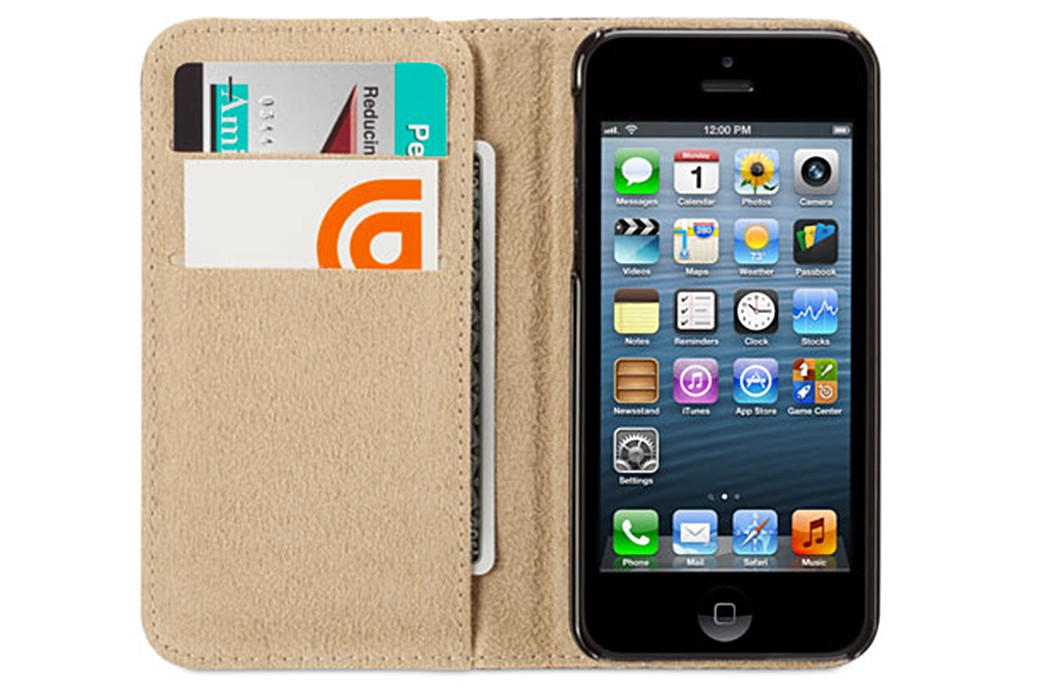
Phone Wallet. Image via Good Housekeeping.
In the modern era, as in any other, wallets reflect what people want to carry, which, as the above image illustrates, are predominately phones. But curiously, modern wallets also show what people don’t want to carry–cash. Hundreds of years of invention have led us to largely scrap the wallet as it once existed, in favor of our Instagram and sexting machine.
Cryptocurrency Wallet
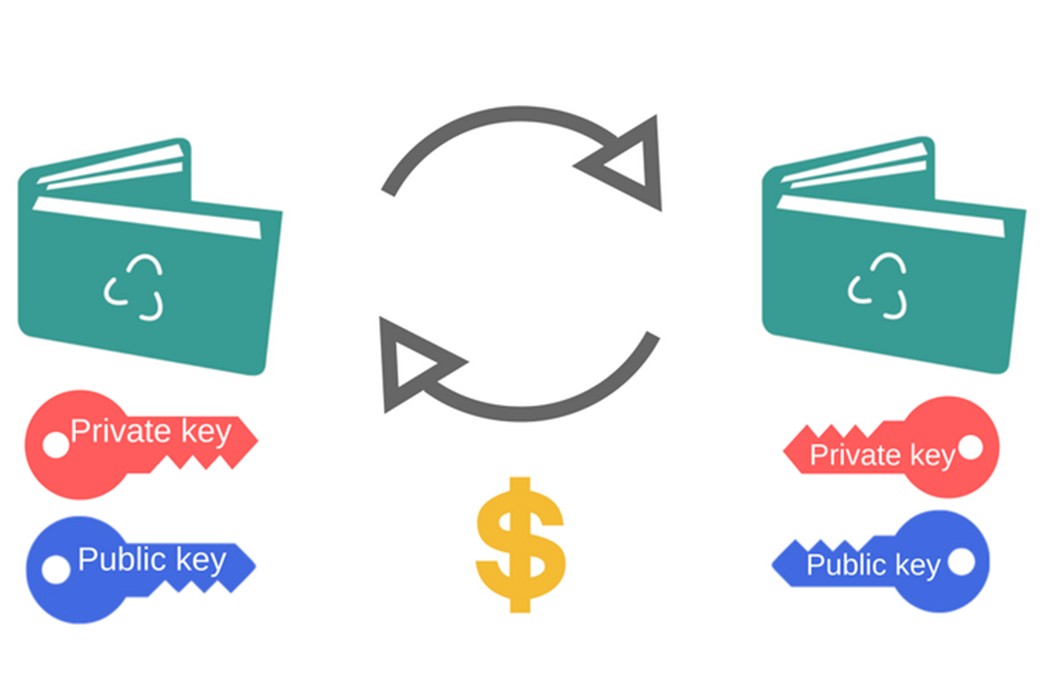
Cryptocurrency Wallet. Image via Blockgeek.
Maybe Ötzi, the mummy mentioned earlier, died of an arrow-wound as scientists imagine, or maybe he died of shock as a time traveler attempted to explain a cryptocurrency wallet to him. He looked at his deer-hide pouch on his belt, full of arrowheads and berries and just died. It’s a theory.
Anyways, cryptocurrency is a pretty astonishing abstraction from the wallets of yore. After all, there’s no actual money in a cryptocurrency wallet, only the public and private keys you use to receive or send this currency. But the money is decentralized and the user is at the mercy of whatever service has created their wallet, so there’s that.
Say Goodbye to Wallet Fades
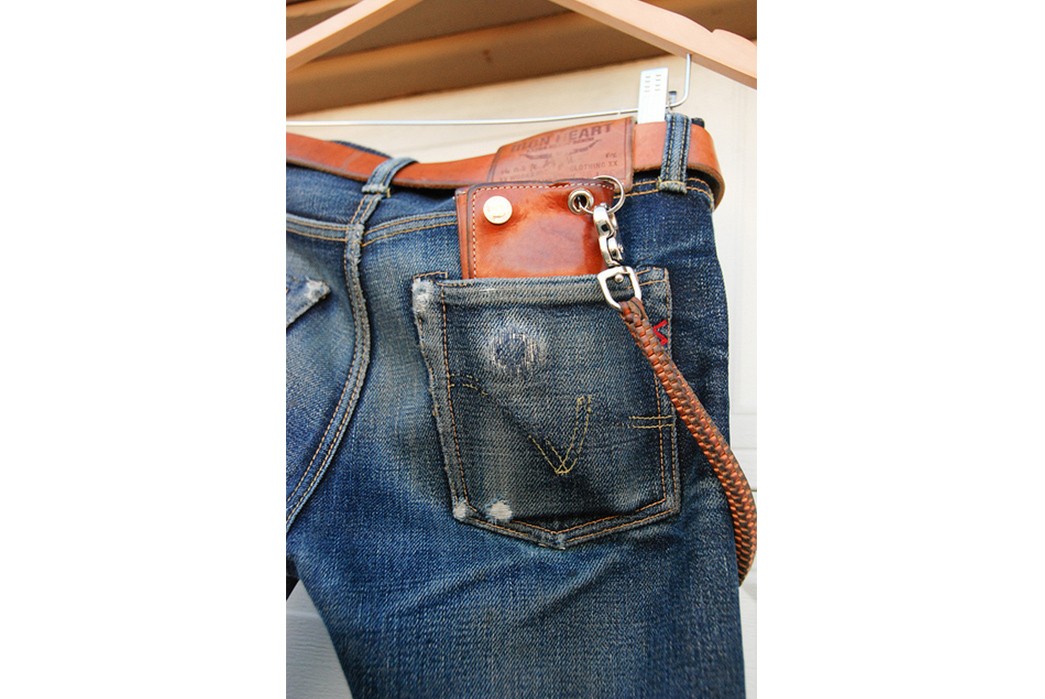
Iron Hearts and Trucker Wallet. Image via Pinterest.
The advances in wallet technology are remarkable. From coin to cash, cash to card, and finally card to cryptocurrency, every step has made a mark on the way people dress. Severed gorgon heads and today’s lunch all once needed to be carried, and our accessories have adapted to fit our needs. In regards to the transition to digital, the only consequence worth mentioning might be the size and shape of our fades. But until I can entirely fathom Bitcoin, I’m sticking with U.S. dollars in my Horween leather bi-fold.

